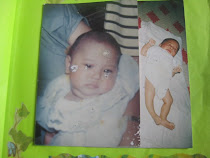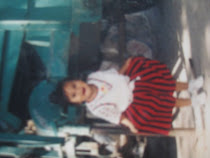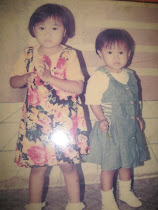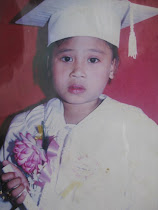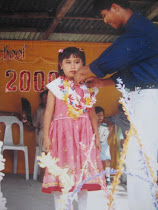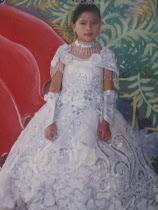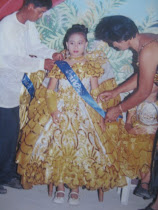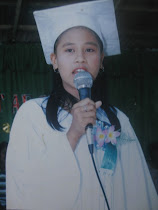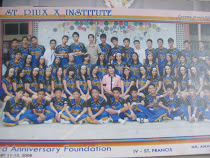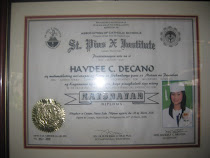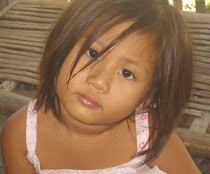Miyerkules, Mayo 25, 2011
PHILIPPINES REPRODUCTIVE HEALTH BILL - HIGH ABORTIONS CHURCH LACKS MORAL...
Ipinaskil ni haydee sa 2:54 AM 0 (mga) komento
Martes, Mayo 24, 2011
Don't wait for the things to happen. The time will just pass you by. Make a move and do an effort to attain your likes and wants.
Just reminding you that we don't know what's going to happen the next day. Life is not permanent. Do the things you think will complete your
life:)
life:)
For now, I'm happy and contended being single.
I'm free, get no commitments, no worries, I'm not hearing pretty lies, no heartbreaks but still, i will never get tired of waiting for that someone who would have the courage to prove to me that there is more to life. when SHE and ME collides
Ipinaskil ni haydee sa 3:12 AM 0 (mga) komento
Lunes, Mayo 23, 2011
Office Hours: China's Increasing Role in the Global Community
Ipinaskil ni haydee sa 6:44 PM 0 (mga) komento
Philippine History and Culture Series
| |
| Members of the Philippine History Group of Los Angeles (PHGLA) write articles on all topics of Philippine history and culture. PHGLA has no political stand on historical matters. We believe that a good historian must not be an advocate for an ideology and that an advocate for a cause, no matter how noble, cannot be a good historian. Nevertheless, each member of PHGLA has his own personal point of view that other members respect. Our member articles are under the heading, "Member Articles." PHGLA seeks outstanding articles from nonmembers and publishes them here under "Guest Articles." PHGLA welcomes opinions that most participating members may not agree with and provides a forum for them to be heard. Their opinions are published in these pages under "Opposing Views."
|
Ipinaskil ni haydee sa 3:03 AM 0 (mga) komento
Huwebes, Marso 17, 2011
Mag-subscribe sa:
Mga Post (Atom)



